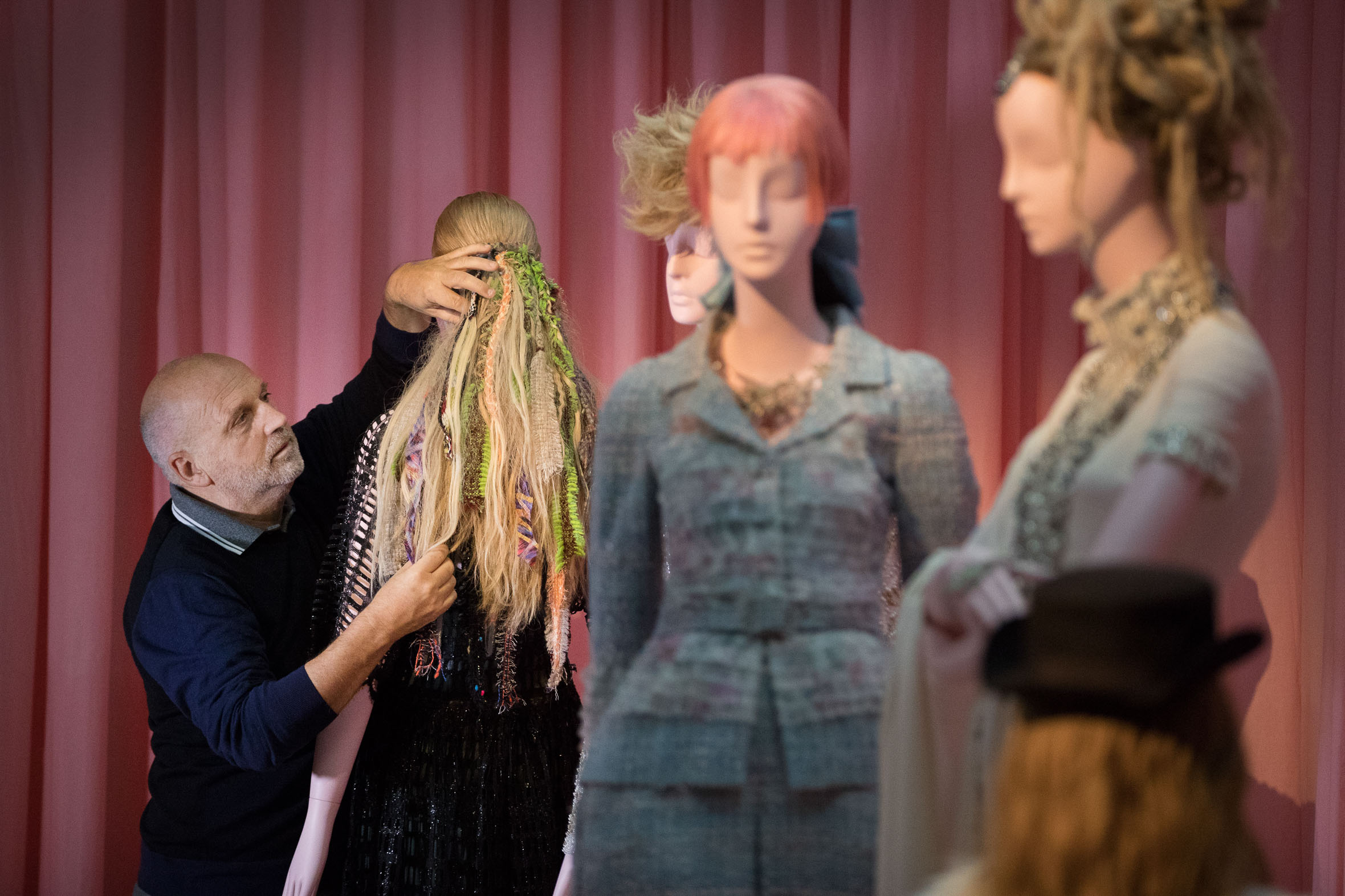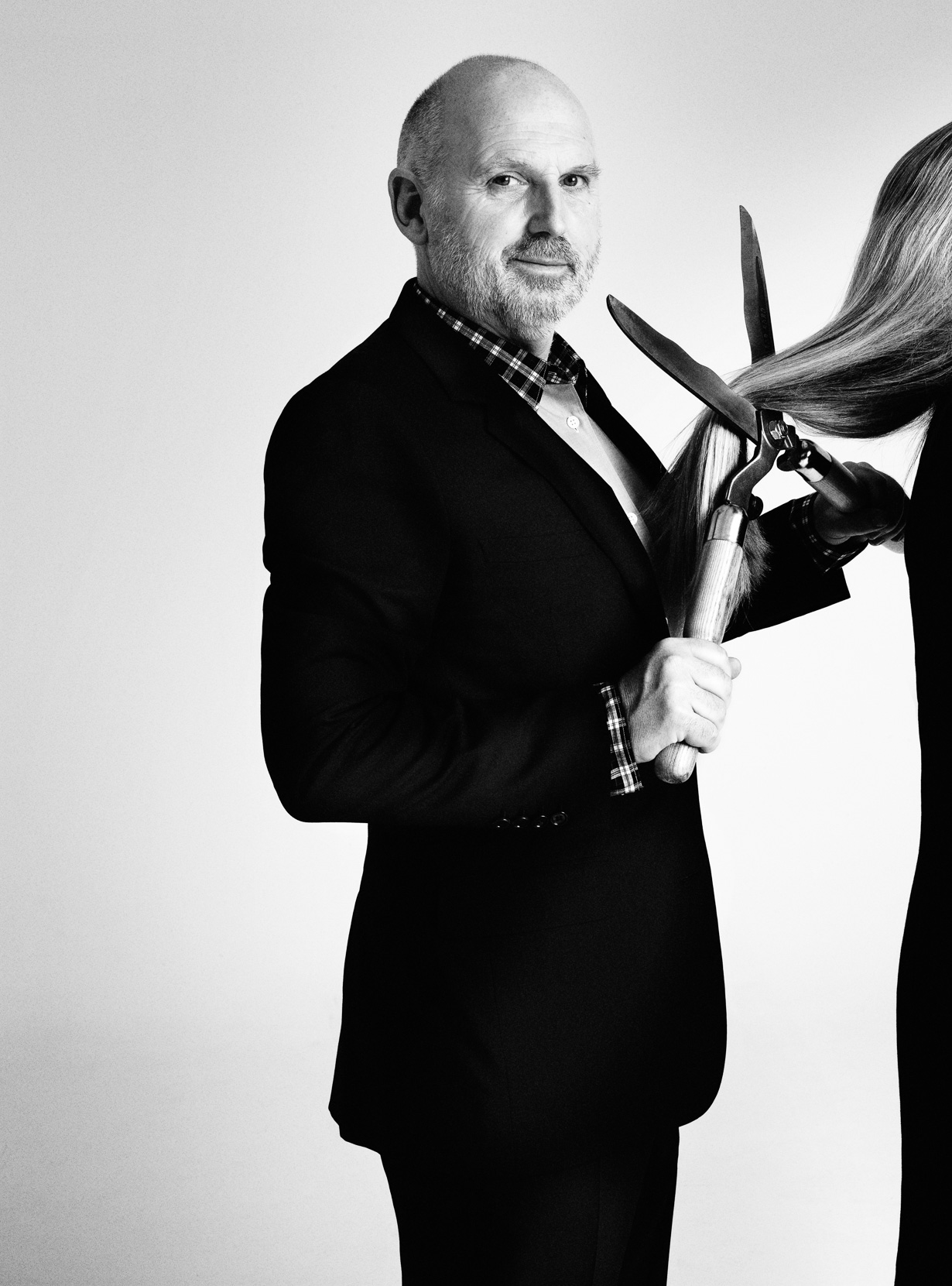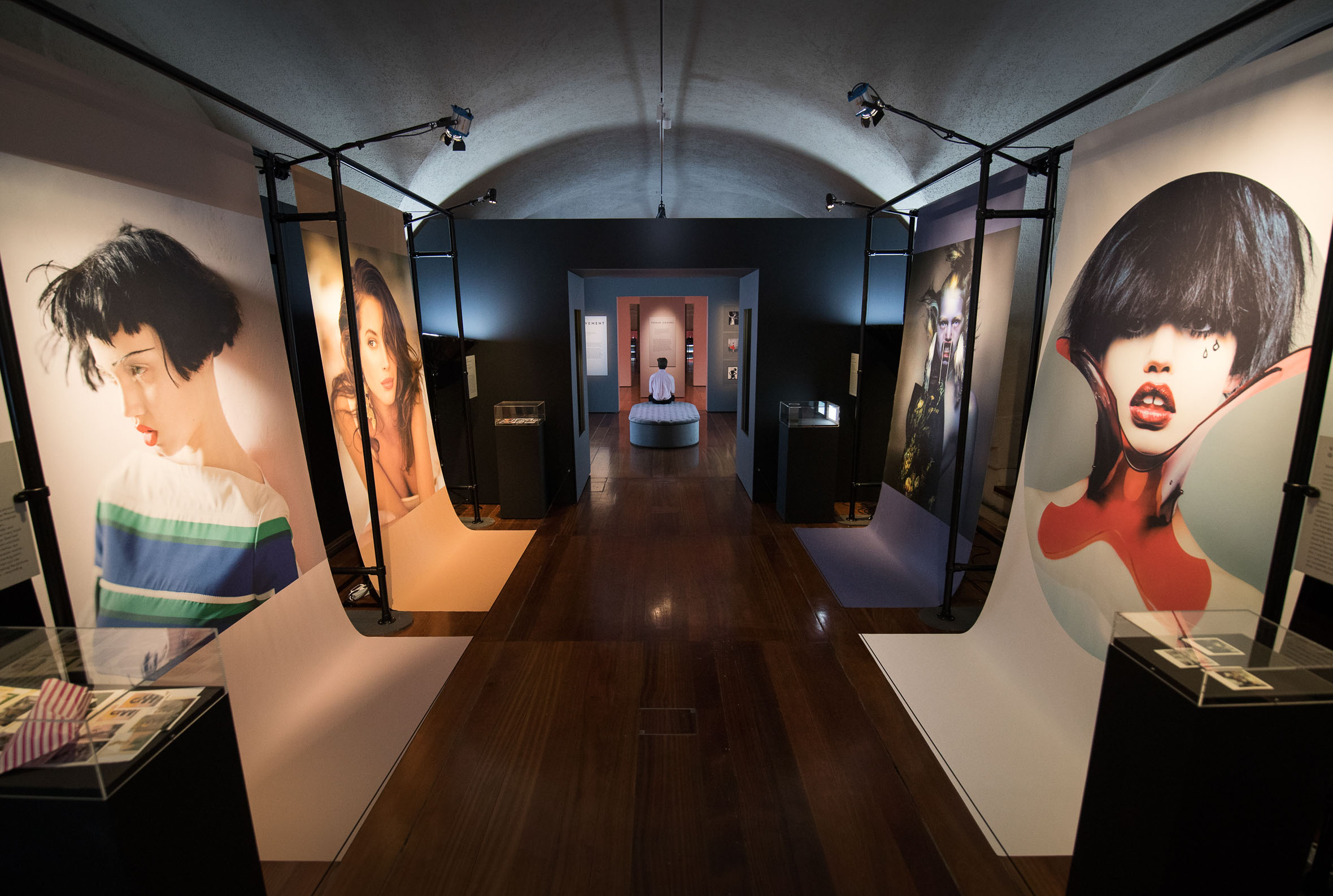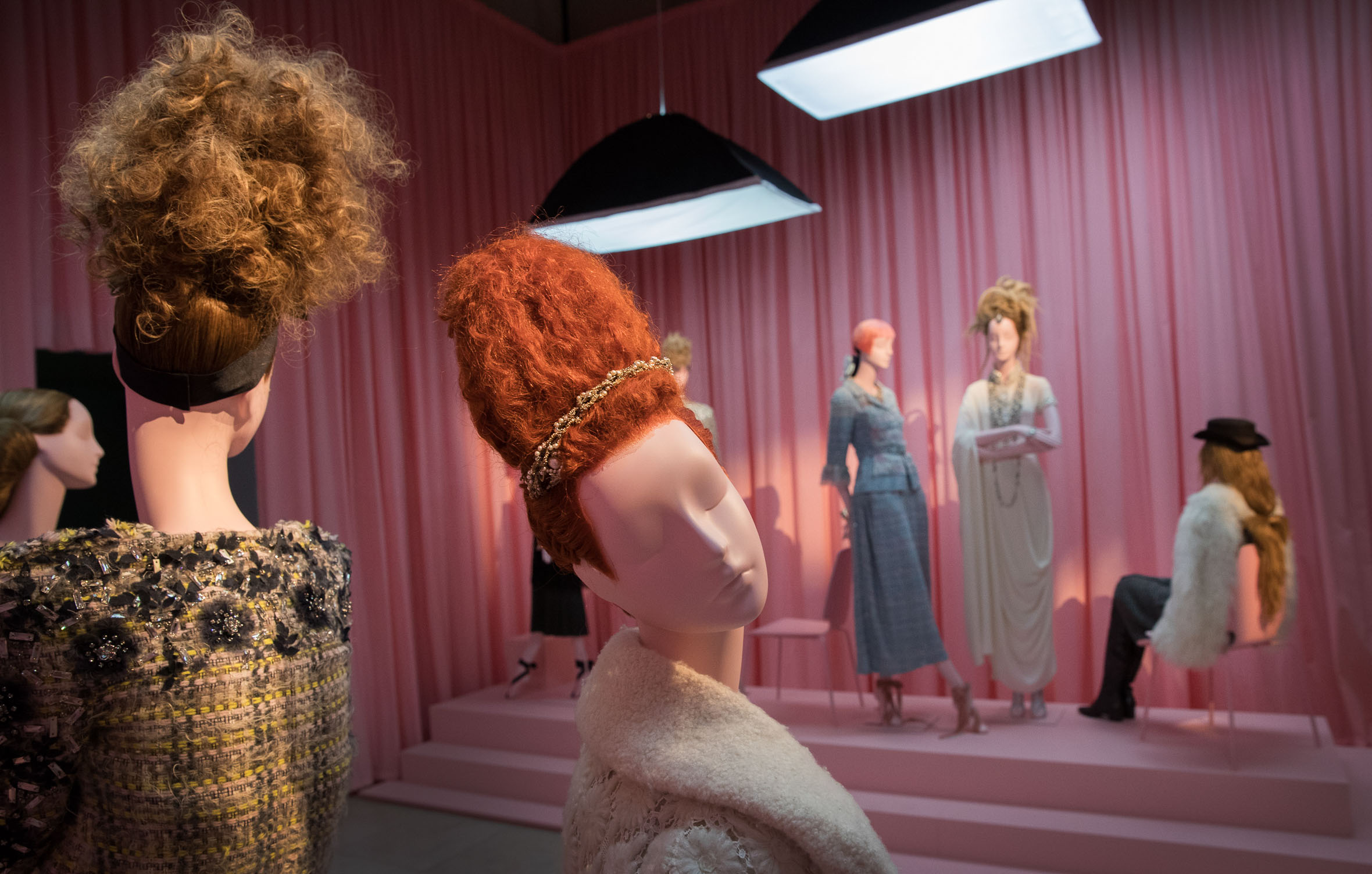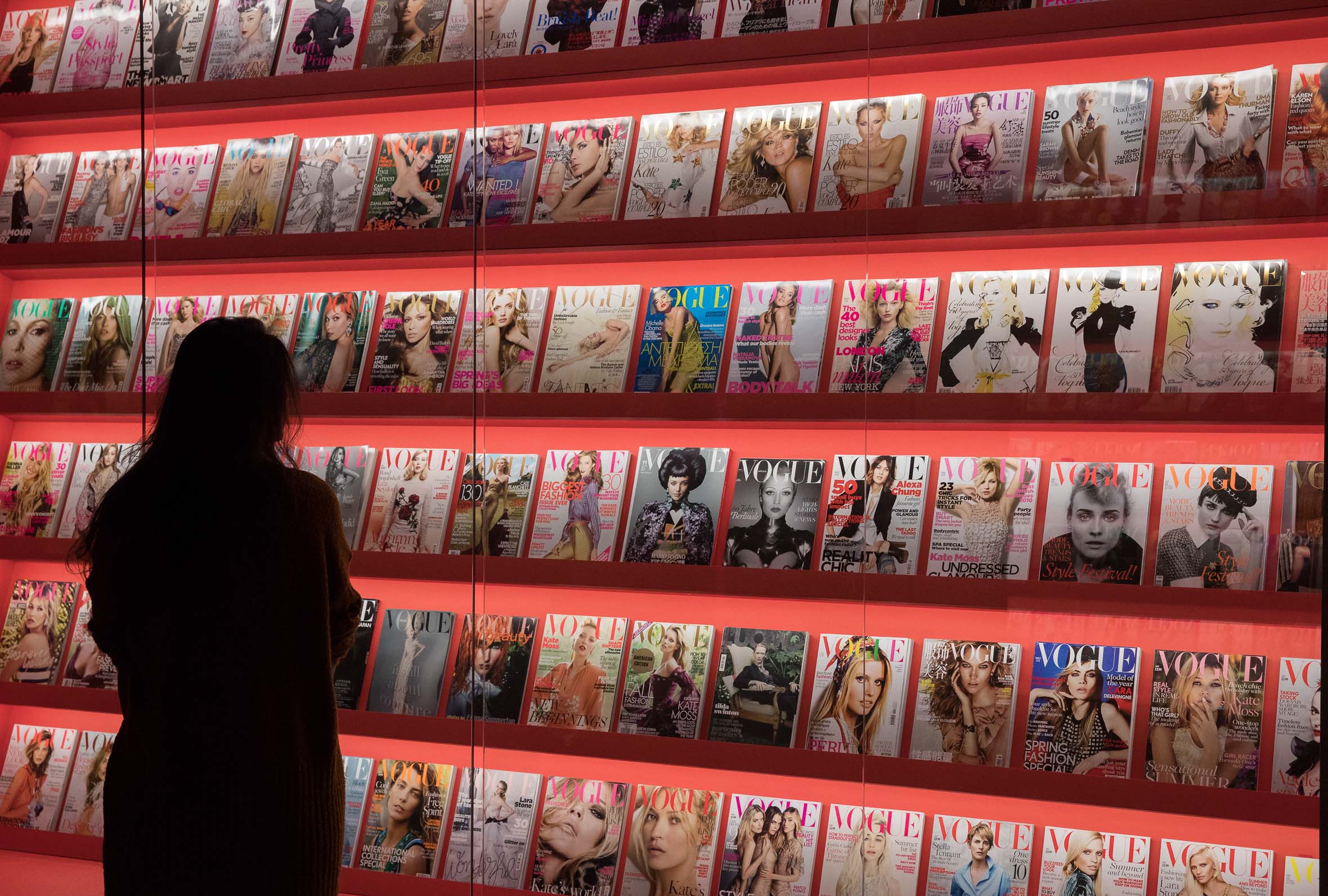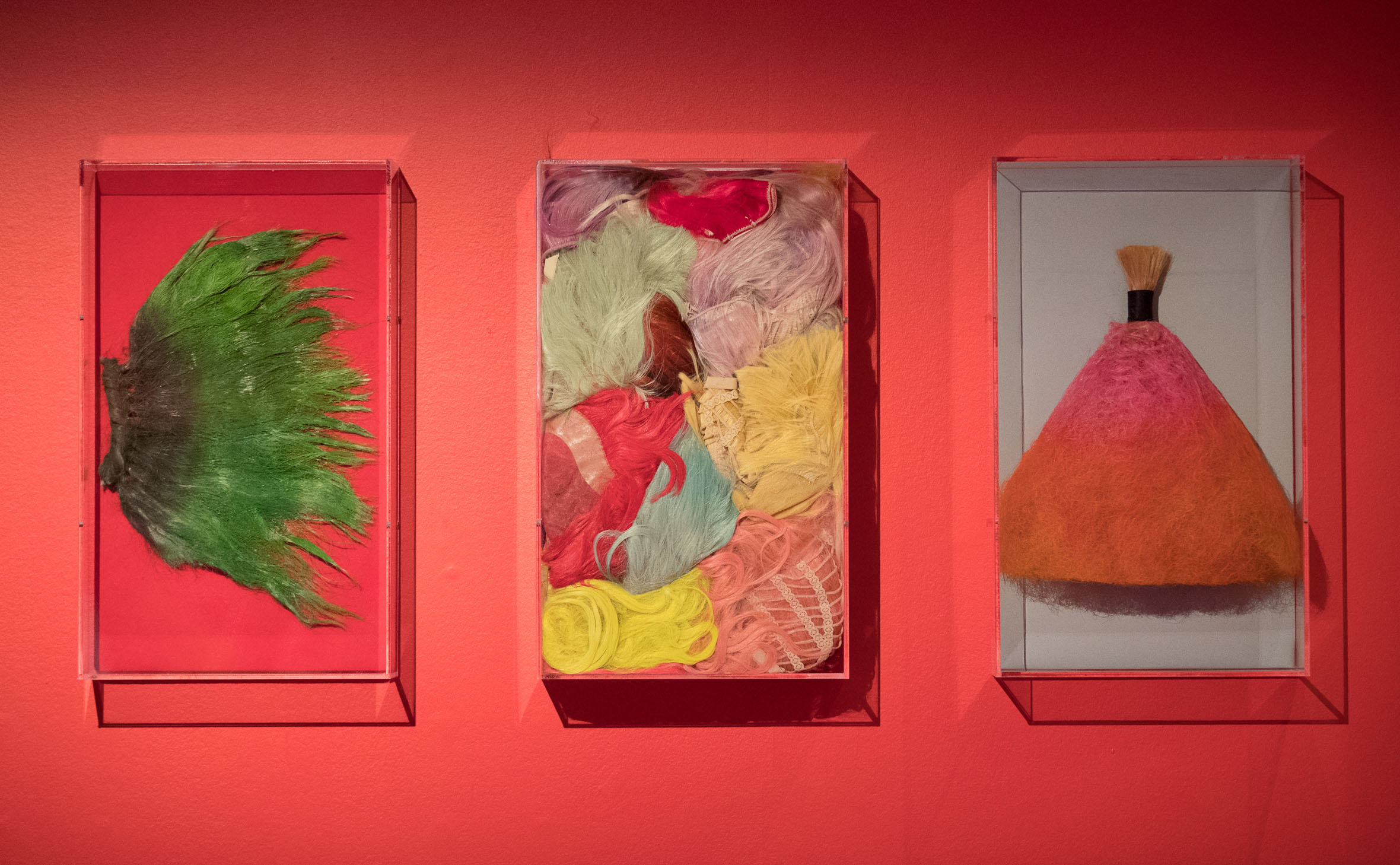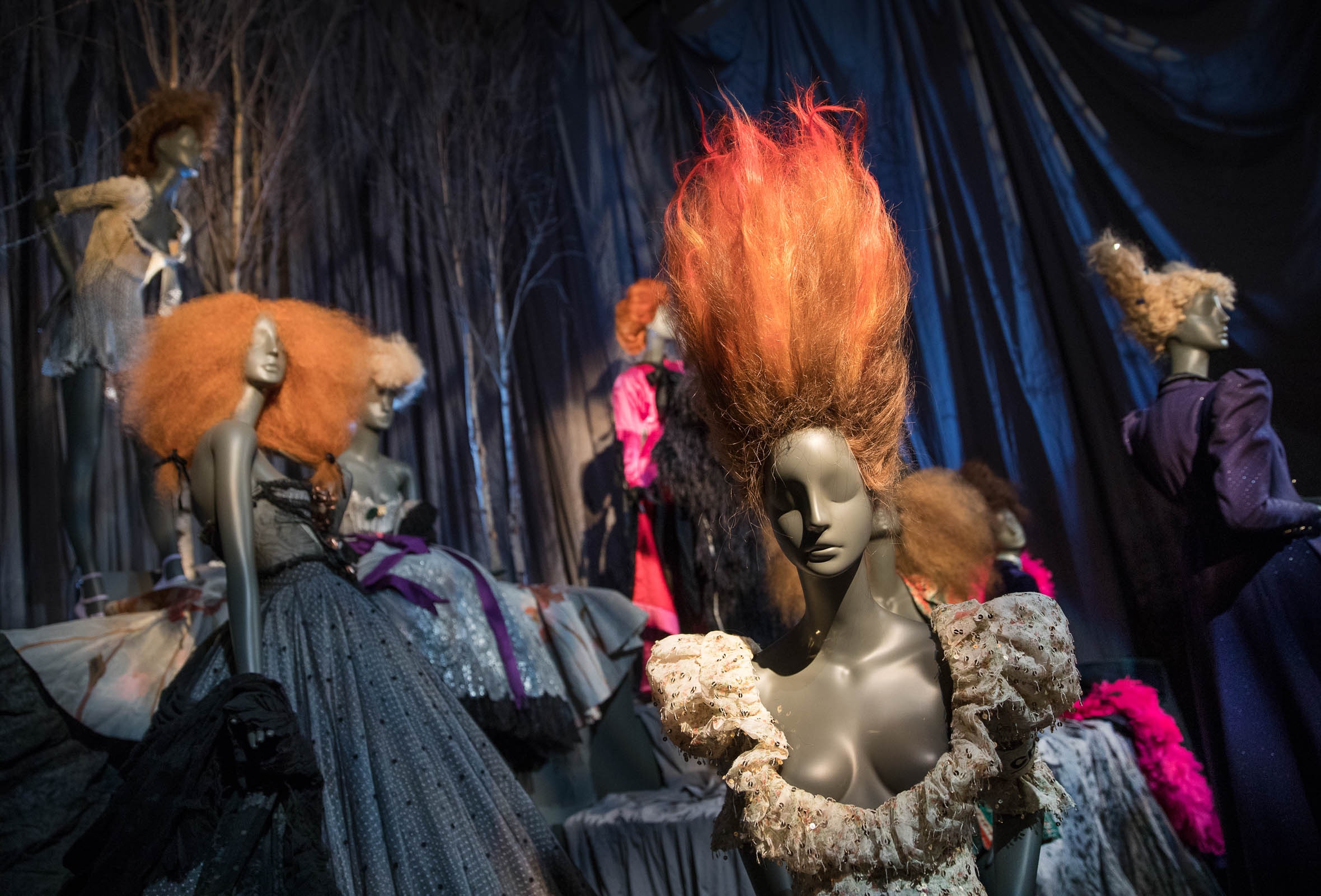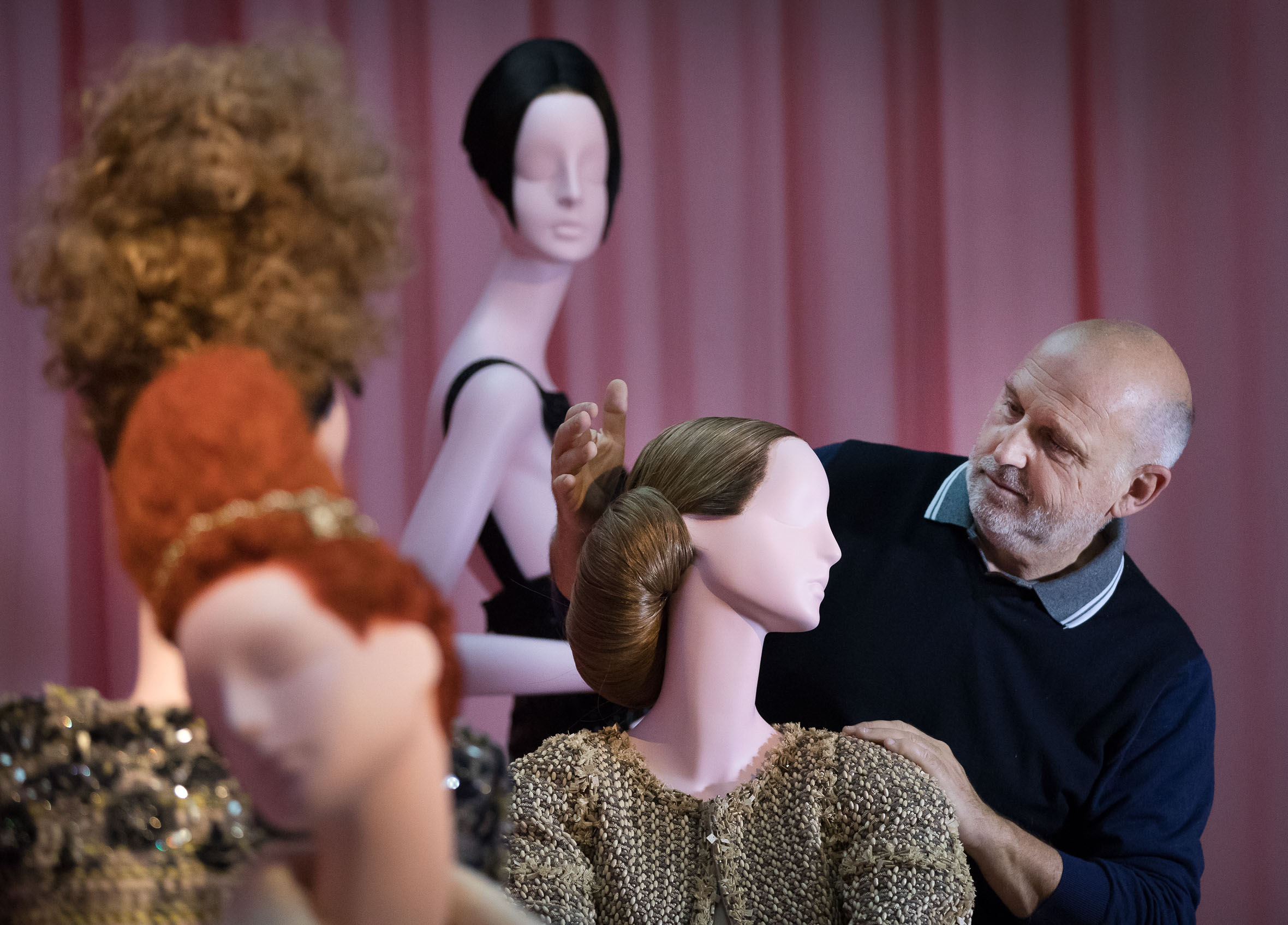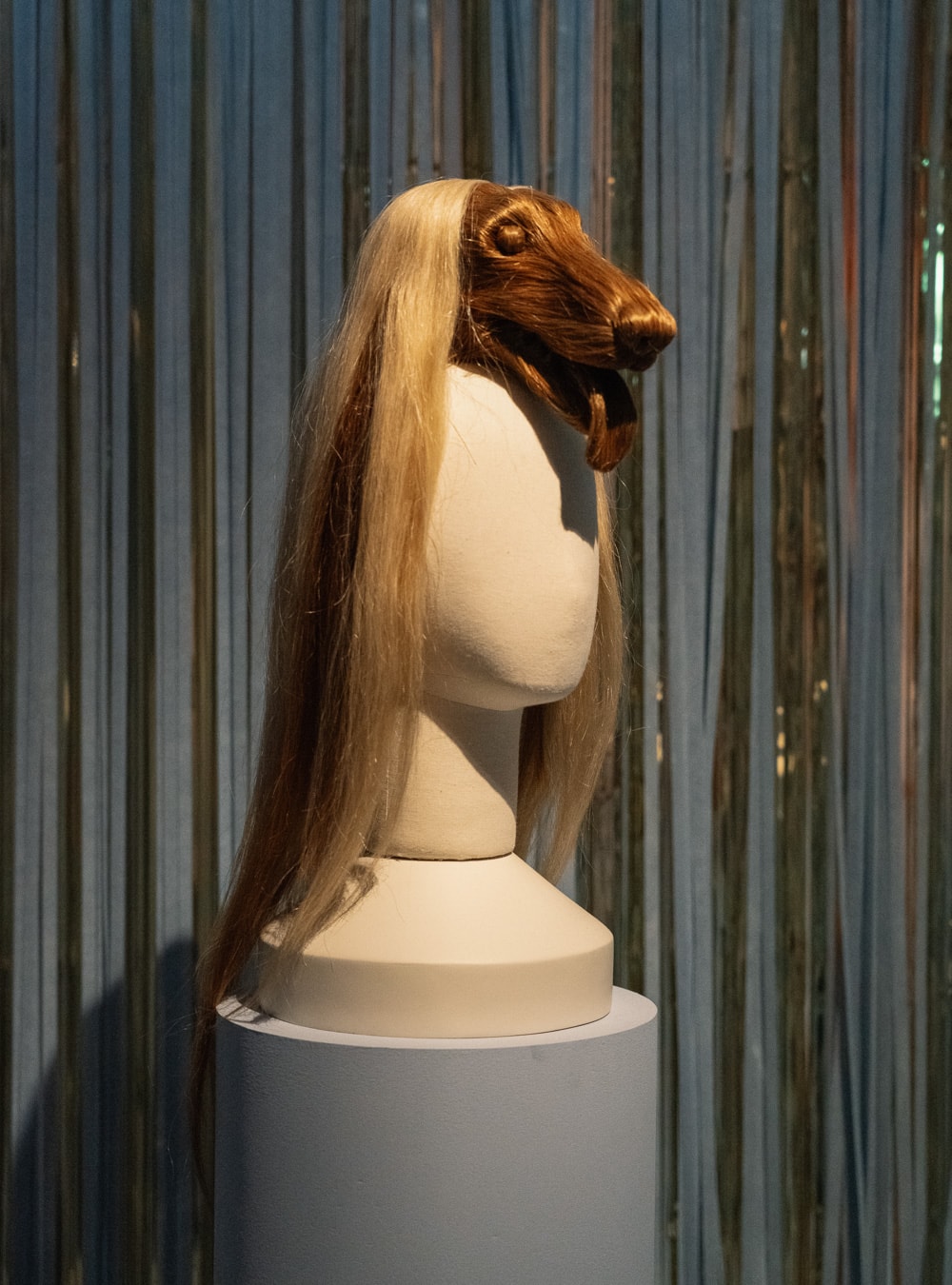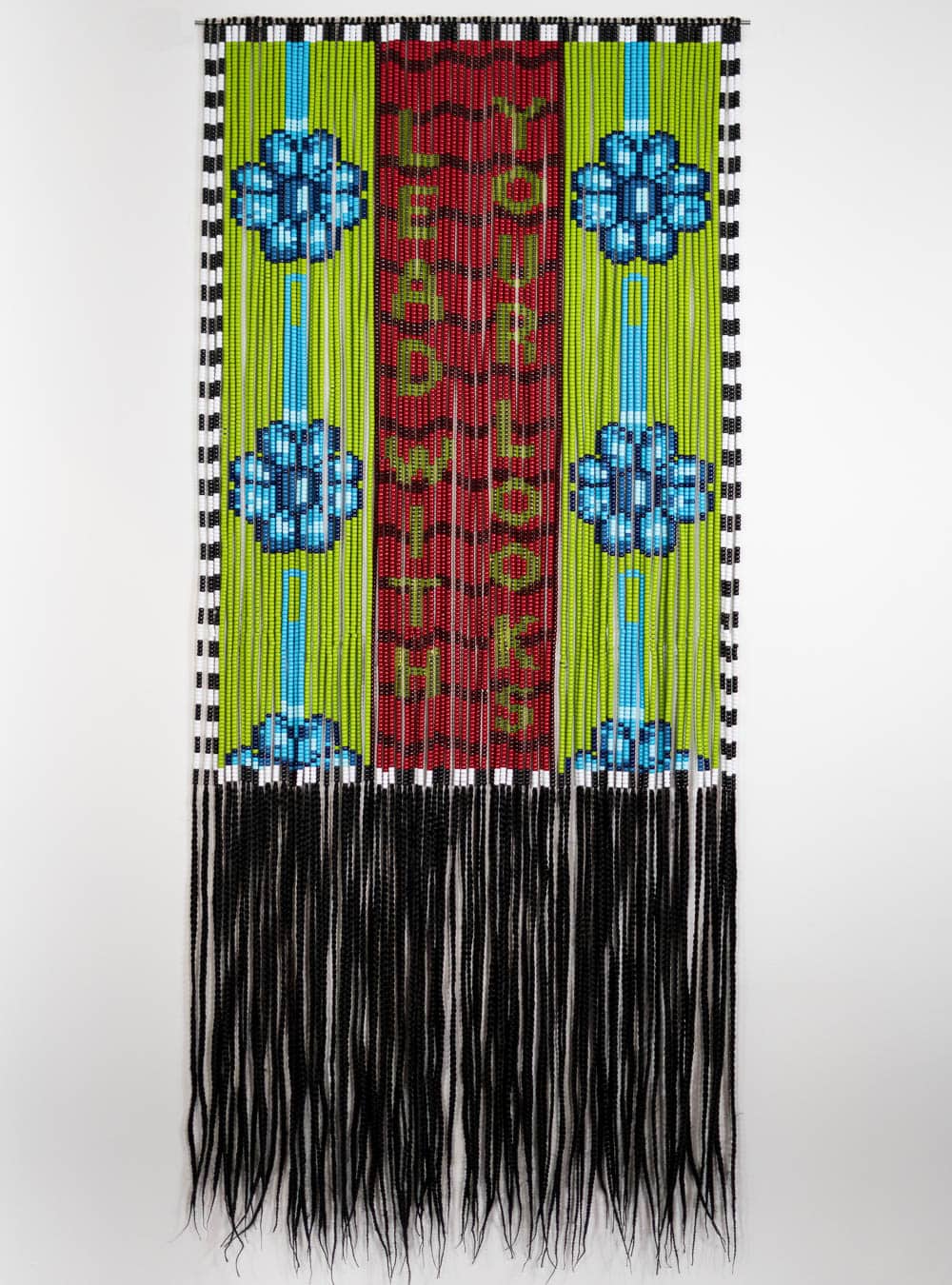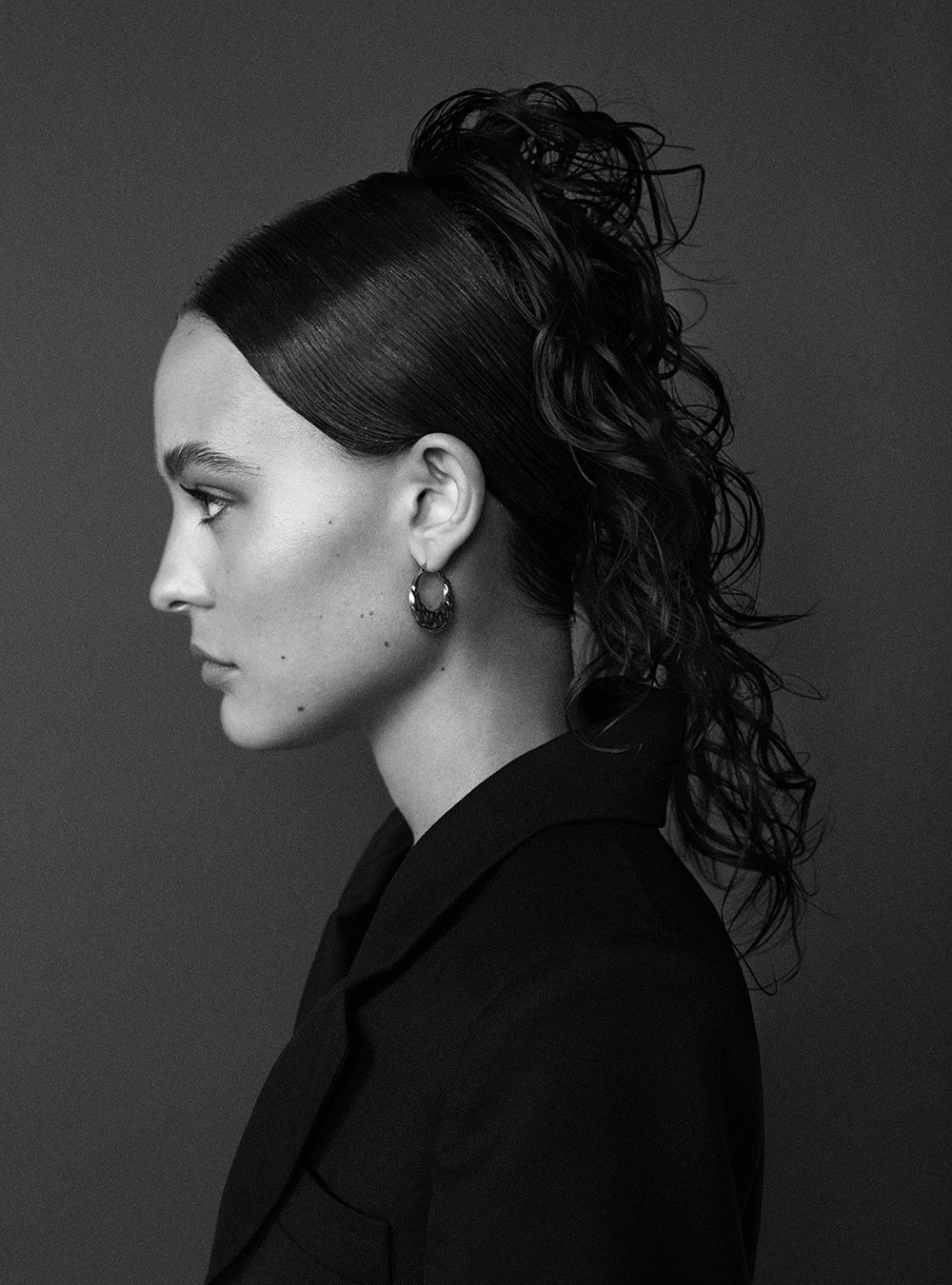PEOPLE: Renowned session stylist Sam McKnight talks to INFRINGE Editor-in-Chief Anthony Mascolo about his remarkable career
Interview: Anthony Mascolo
Images: Simon Emmett, Somerset House
Video: Antonio Celotto
Special Thanks: Sam McKnight
A true icon in the world of hair, Sam McKnight has defined the role of the session stylist as we know it today. The Scottish-born hairstylist was one of the very first to make the transition from the salon to working exclusively on shoots and shows, and continues to be one of the world’s leading artists in his field.
Over the past 40 years, he has collaborated with photography heavyweights including Patrick Demarchelier, Irving Penn, Nick Knight and Tim Walker, and worked alongside beauty maestros Linda Cantello, Mary Greenwell and Val Garland. Together, they are responsible for creating innumerable iconic fashion images which have come to define an era. Most recently, London’s Somerset House has dedicated a major exhibition, Hair by Sam McKnight, to his illustrious career, along with the release of a publication of the same name. With contributions from leading fashion houses including Chanel and Vivienne Westwood, the exhibition is the first of its kind, contextualising the wider cultural significance of hair while taking an in-depth look at McKnight’s incomparable contribution to the world of session hair.
McKnight looks back over his remarkable career with INFRINGE Editor-in-Chief Anthony Mascolo.
Anthony Mascolo: Tell us a bit about when you first got into the world of session work, what was it like?
Sam McKnight: I started working on my very first shoots in the late 70s, when I worked at Molton Brown in South Molton Street. They sent me on a job for Vogue Magazine. I had done a few shoots before, but they sent me on this shoot to replace someone who was ill. That was my first sort of ‘in’ into the world of fashion magazines, I think before then, a lot of the models had done their own hair and makeup, they would come with their own wigs. Then along came people like John Frieda who really upped the game. After that I noticed that all the Vogue shoots had been done by people from Molton Brown so I kind of wanted a piece of that. In retrospect, the key to everything was when I decided I didn’t want to work in the salon anymore, I wanted to be a session hairdresser, but that was a very new concept then. Everyone was attached to a salon then, but I decided I was going to give it a go just doing photoshoots. Everyone thought I was mad!
AM: Your exhibition Hair by Sam McKnight at Somerset House is amazing, tell us a bit about what this experience has been like?
SM: Well, it came about because of my latest move to my new house. I have only moved about 4 or 5 times, but each time that I move, my boxes of tear sheets and paraphernalia get bigger and bigger. And last time I just thought I couldn’t lug this around anymore, I am going to have to get it archived properly. A wonderful girl called Tory Turk brilliantly archived everything and converted it to digital. She also worked for Somerset House and showed her bosses there my archive, they found it really interesting. I remember I kind of screwed up my face and went ‘really?’ But then they pointed out what a broad perspective it was on the last 40 years of fashion through the eyes of a hairdresser and I began to see it objectively. They got a curator called Shonagh Marshall to do it, together with Michael Howells who designed it. I am so happy with the show, they did it so well. Chanel gave us 9 couture outfits, Vivienne gave us 9 and all the photographers gave us prints, everyone has just been really fantastic.
AM: I think the exhibition has universal appeal, it sets a benchmark for anyone who really wants to excel in what they are doing…
SM: I think what Somerset House wanted to do is show people what it really means to be a session hairdresser, because a lot of people don’t know what it means, even with all the internet stuff… it’s never been properly highlighted before. What has been amazing for me is the response, because I’m not really part of the hairdressing industry, I’m kind of in my own bubble and have been for the past 40 years. The response I have had from young hairdressers, make-up artists, stylists and people in industry has been amazing. I think it’s because it spans from the late 1970s all the way to the digital era, addressing how important hair is and how it has become such a huge part of our culture.
AM: The exhibition displays the 200 Vogue covers you’ve worked on, do you have a favourite?
SM: I think the favourite is always the last one you did. There are so many amazing models, photographers and actresses. When you have done so much you have an emotional attachment to everything, whether it’s the person in the picture, who may no longer be with us, or you had a long working relationship with a photographer, there are so many different things at play. A shoot is really personal, it’s not just to do with the hair, make-up and styling, it’s to do with the personal connections that you have on that shoot. And I’ve been really lucky to work with the best teams in the world and develop those relationships. It’s never just about the hair. It’s about the collaboration between hair, make-up and photographer, working together to make an amazing image.
AM: I recall you being very much part of that time when the supermodel became the supermodel…
SM: The industry was really small then, I can’t take credit for it but I was definitely part of it, so you were working with the same 12 models for maybe 5 years. It was like family you know.
AM: As one of the very first session stylists, how do you think the industry has changed and evolved over the years?
SM: It was a much slower process before. The industry was so much smaller and very niche. Vogue and Harper’s Bazaar were the 2 main magazines. And there came The Face and i-D in the 80s. At the risk of sounding really old, I experienced a certain magic and creativity in the polaroid and the unknown being on the camera. Only the experienced photographer on set would know if there was something there. That kind of mystery has gone with digital and it feels a little formulaic now. We went through the hyper over-retouched phase where hair and skin didn’t look like hair or skin anymore, and I think now we are moving away from that. As technology gets more and more refined I think we will see some element of that magic I hope. We will never go back to film; it’s not going to happen. Although some people still use it, like Tim Walker. I don’t want to shoot myself in the foot here, but there is a danger at the moment of photographers’ pictures all looking the same as they all go through the same digital process and that’s what magazines want. But we are now seeing smaller, more niche magazines and young photographers using film and exploring different ways of looking at things and I think that’s much more interesting.
Also, the size of the photoshoots is vast now, whereas before there were maybe 5 or 6 people on set. Now we have an army! And when you went on shoots in the 80s the expectations were more limited, you knew what kind of thing you would be doing. Whereas now, the possibilities are endless! The shoot can change dramatically from the idea it was the night before. You can do anything. You have all the products and wigs now, everything now at your fingertips, but I still have to have everything but the kitchen sink with me just in case. Although I went on a trip with Kate Moss and none of our kit showed up, so Val Garland just winged it with a bit of sea water and eyeliner, and it ended up on the cover!
AM: To me you really are an icon, there is something about making people look beautiful and amazing, which you do better than anyone else than I have ever seen.
SM: Thank you, that means a lot coming from you. That is kind of what my mantra is, even if it’s runway it’s about making a great image. So even when we’re backstage I am always concerned that the girls don’t have those bloody clips in with toilet roll in them. I had some little cards made up with flowers from my garden on them to replace it, so that there is a beauty to everything. It’s very important that whoever we are working on feels really beautiful, it’s kind of what I strive for. I have an amazing team so I can’t take all the credit, they really come together especially during the show months.
AM: What advice would you give a young session worker or hairdresser?
SM: I can only speak from my own experience, and that would be that for me, I work very well as a collaborator. I never go in thinking this is what I am doing today, this is my thing. I work better knowing that there is a harmony between collaborators. It is never completely your day; you are all working towards the same end. Collaboration is key, I think that is the most important advice I could offer.
"Collaboration is key, I think that is the most important advice I could offer"
Hair by Sam McKnight is at Somerset House, London until 12 March 2017
- ANTHROPOLOGY OF HAIR
- ANTHROPOLOGY OF HAIR
- ANTHROPOLOGY OF HAIR
- ANTHROPOLOGY OF HAIR
- ANTHROPOLOGY OF HAIR
